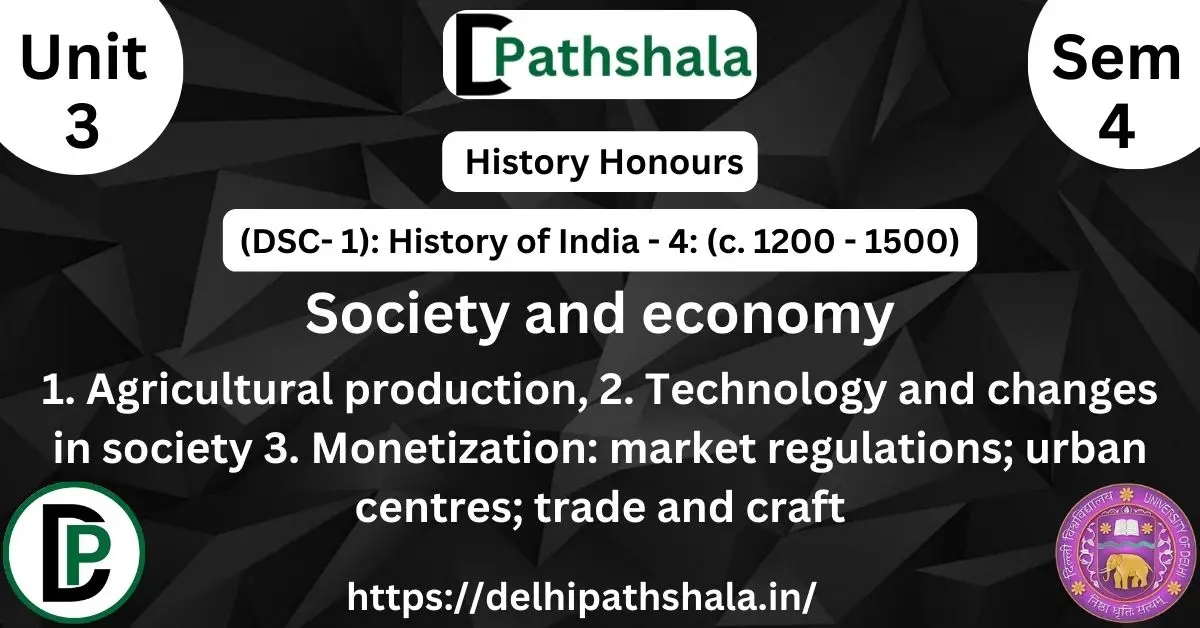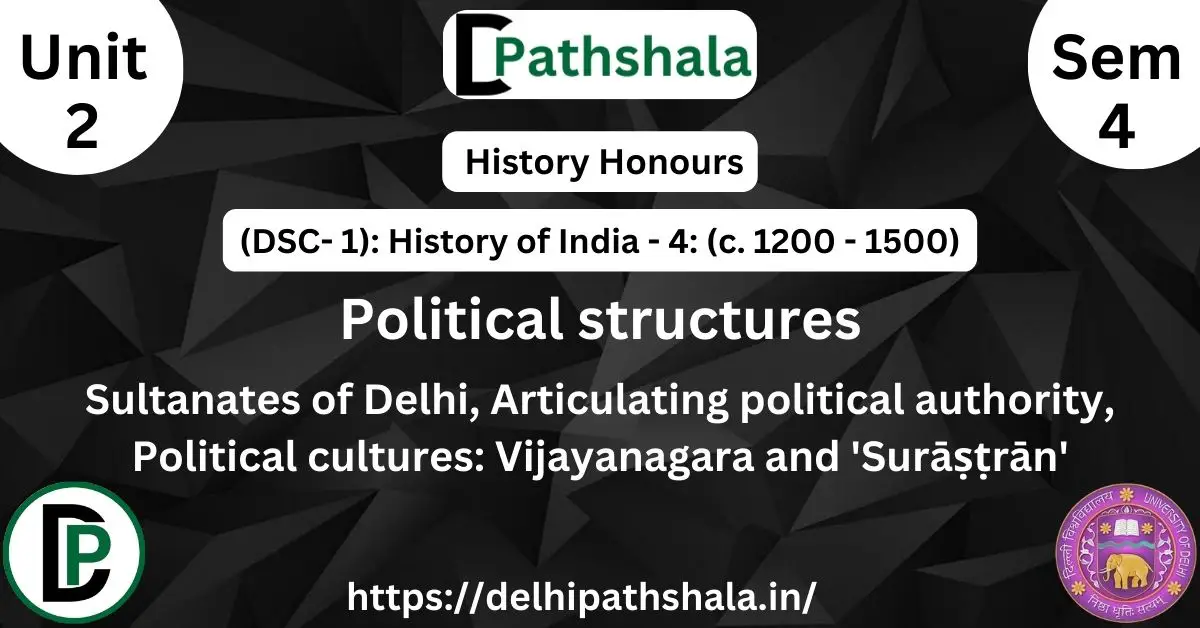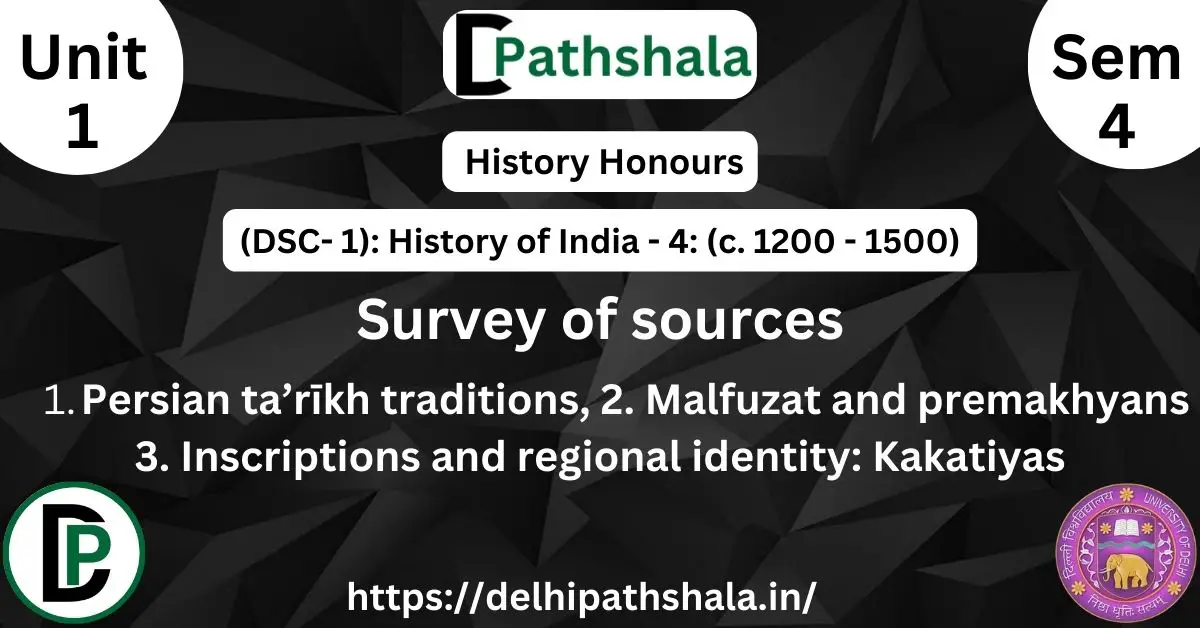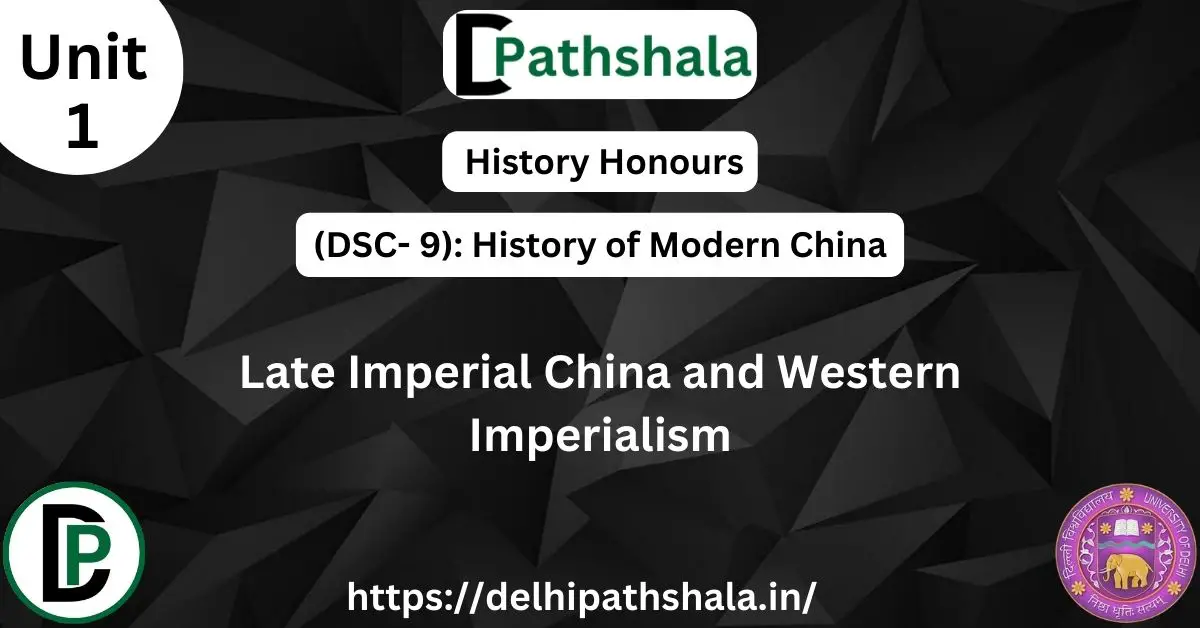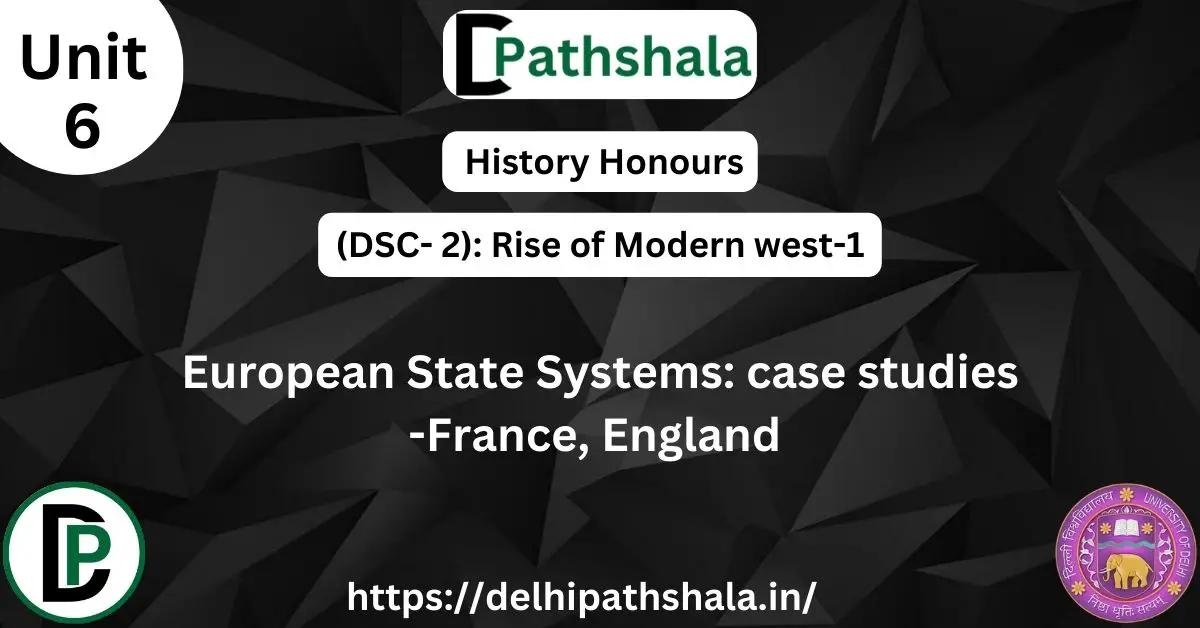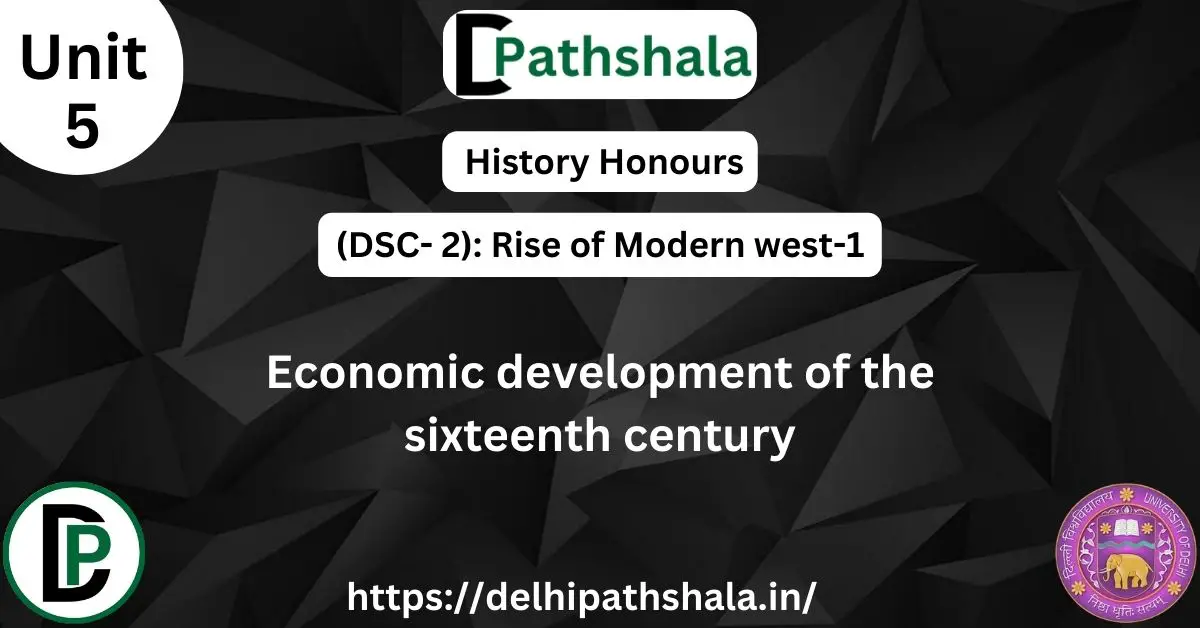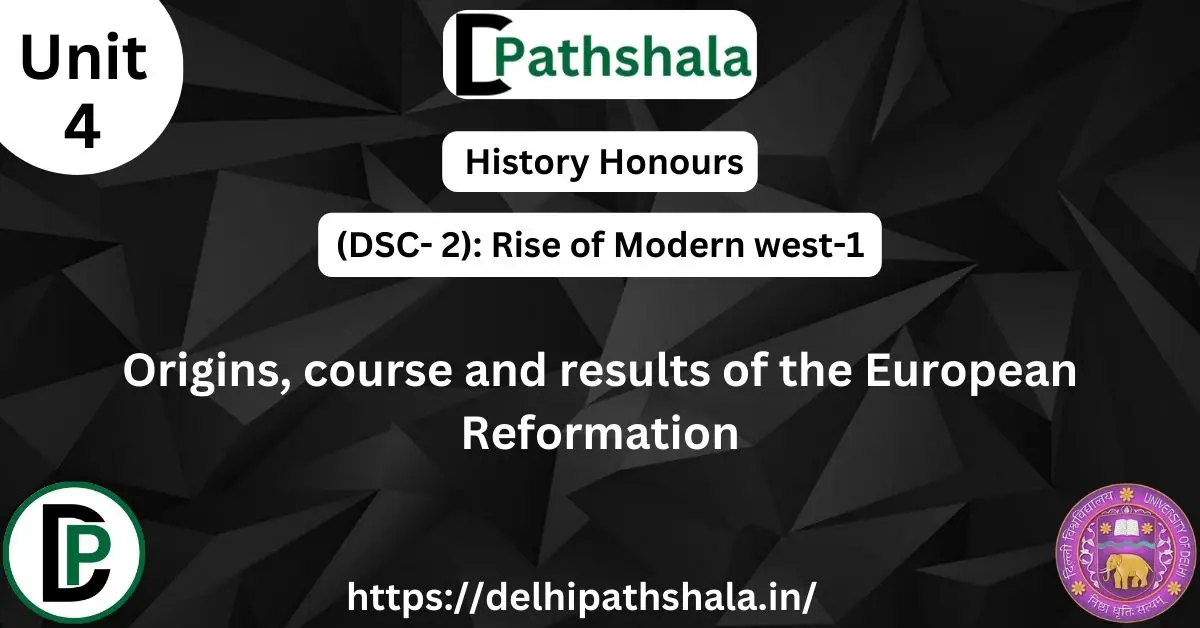Society and Economy in Indian history, Market Rules; Cities; Trade and Craft
In this post, notes of “Unit 3: Society and Economy: Farming in India; Technology and Changes in Society; “ from “DSC- 1: History of India- 4: c. 1200 – 1500” are given which is helpful for the students doing graduation this year. 1. Farming in India (c.1200 – 1500) 1.1 Introduction to Farming Practices Farming was […]
Society and Economy in Indian history, Market Rules; Cities; Trade and Craft Read Post »

